John Stewart of Kiote Corp continues his series on what to look for in a quality custom bolt action rifle. For previous articles click here (trigger), here (barrel crown) and here (chamber and throats). Meanwhile, receivers . . .
Stewart writes:
A receiver must include several features to provide consistent, measurable and repeatable function over the life of the rifle. Unfortunately, most factory receivers have so many issues that it’s usually better for the customer to simply purchase a quality aftermarket receiver, such as the Kelby Atlas/Atlas Tactical.
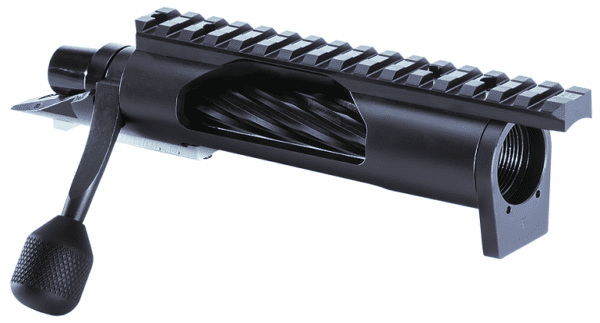
Here are a few of the basic qualities that must be accounted for — and modified — in a factory receiver to create acceptable, repeatable precision over time. For example . . .
The Remington 700 receiver body is a tapered tube. It starts out around 1.250 — 1.300 inches in diameter and ends up somewhere around 1.125”, though it’s hard to accurately measure because of all the extrusions around the trigger area and tang.
This isn’t necessarily a bad design, but it does create some issues.
Most noticeably, it requires careful, proper bedding for the stock-to-receiver-fit to be precise. There just isn’t any way around that.
Couple that with the questionable quality control that Remington has shown lately and there just isn’t any measurable or quantifiable repeatability from one receiver to the next.
A quality clone receiver must be cylindrical throughout. This, in and of itself, makes for a better and more repeatable fit.
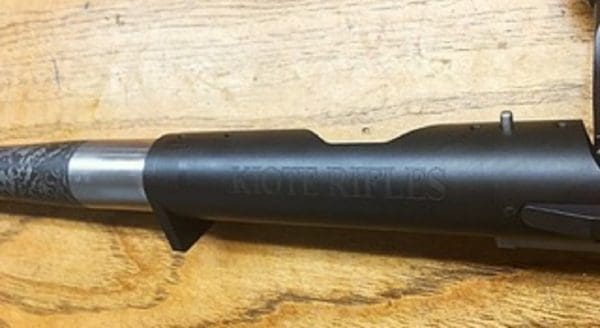
Receiver raceways
Anyone who’s tried to stick an aftermarket bolt into a factory receiver quickly found out that it only goes in about an inch or so. Why? Because the rear of the receiver has an ID of about 0.6990” and the front (near the receiver lugs) measures roughly 0.7002”.
To the untrained person, it’s easily recognizable as “slop” of the bolt. By that I mean, the user can easily wiggle the bolt with very noticeable movement, from side to side as they pull the bolt to the rear.
This is why all factory receivers have to have their raceway bored — typically to 0.7005” — to make them parallel for an aftermarket bolt.
Doing so allows the user to install a one piece bolt, instead of three pieces welded together. The result is not only stronger and typically more precise in function, but also creates a smooth, symmetrical path upon which the bolt can easily and flawless glide.
Lugs
It’s no secret that factory lugs are not anywhere close to being parallel. In fact, if the user were to apply lay-out fluid to the bolt lugs and to the receiver lugs, apply rearward pressure to simulate an installed barrel, they would find less than 50 percent lock-up between bearing surfaces of the four faces.
This also requires a gunsmith to “blueprint” the lugs which should create, at minimum, 90 percent contact between bearing surfaces.
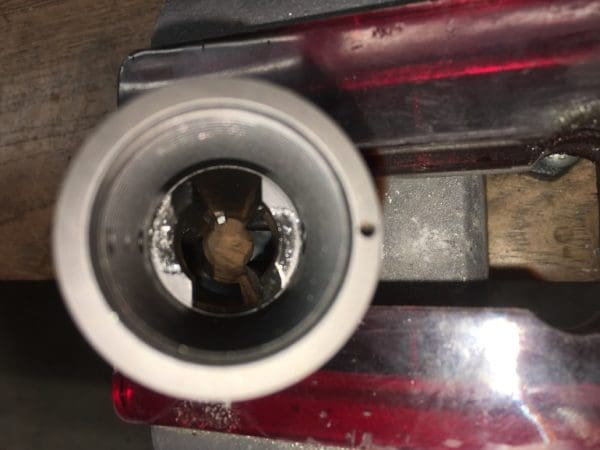
Factory lugs require blueprinting and lapping; you can also see how the lug faces don’t mate up with 100 percent of available surface contact.
This is different than the previously mentioned 90 percent contact. In this case I’m referencing 90 percent of available surface contact.
A quality clone action is made so that 100 percent of available bearing surface for both the receiver lugs and the bolt lugs are equally and completely mated in the closed position.

Tenon threads
As of the last three to four years, it’s a 50/50 shot on getting square and parallel receiver tenon threads. When this happens, it renders the bore out of line with the receiver. And when you stack that up with the optics, you lose both accuracy and decreased movement in the scope.
A gunsmith must then remove the threads and re-thread the action.
An in-spec receiver should have 1.0625” threads. When it’s rethreaded, they become 1.0725” threads. While not technically impossible, it’s time consuming and costly to both the gunsmith and the consumer. A clone, again, has better quality control, ensuring precise machining.
Receiver face
Factory receiver faces are almost never square. That’s yet another cost a consumer seeking proper accuracy will have to have fixed.
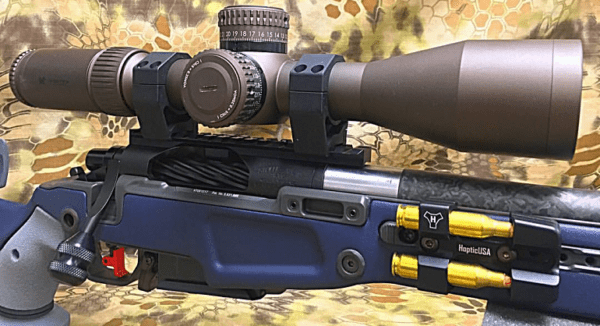
It’s rarely a good idea for a custom rifle maker to keep the factory action.
A quality custom bolt action rifle should start out with a high quality aftermarket action, ultimately giving the customer a superior product for less money over time.

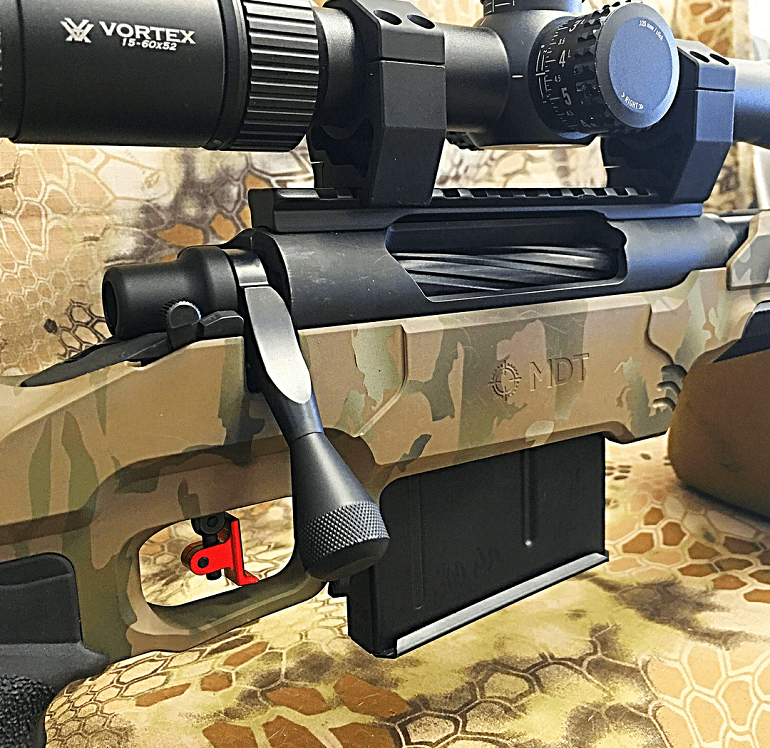
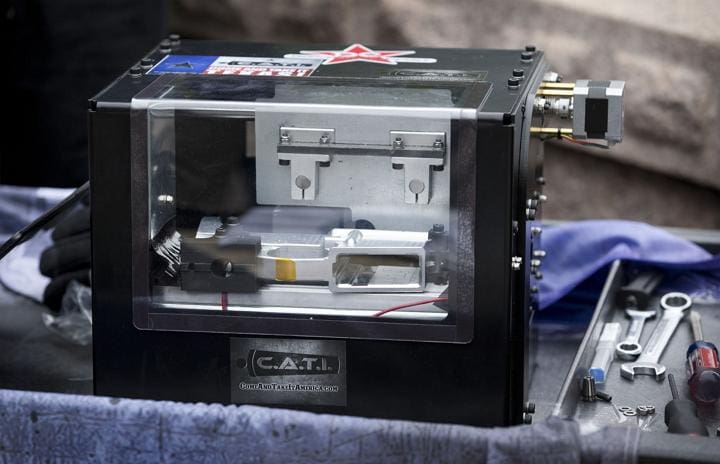


good read
It might be a good idea to qualify this article a bit. By that, I mean that it isn’t really talking about all bolt-actions, but rather is focused on clones of the Remington 700 type, with a use case dedicated towards target shooting.
I know that sounds pedantic, but if I was, for example, looking for a receiver for a custom dangerous game rifle, I’d be looking for something much different in form. In that case, the ideal is something like the Mauser 98.
This isn’t to take away from the information provided by the article, of course.
You’re absolutely correct and and I agree with everything you said except for, “In that case, the ideal is something like the Mauser 98.”
Because Mr. Stewart is currently building my ideal Dangerous Game Rifle, and it’s a Ruger No. 1.
I was a bit unclear. Going by the topic of “a quality custom bolt action rifle”, I selected the receiver I felt was best. Of course, there are other non-bolt-action types that can do the job. I hope you’ll be posting up some pictures of your rifle once it is completed.
More custom dangerous game rifles are built on Mauser 98-type actions than anything else. It is the action preferred by more dangerous game hunters than anything else. You can look in the pages of the ACGG magazine to see evidence of this.
If you want something less expensive than a new Mauser or Dakota action, you could go with the CZ 550 type action.
Sure, but it’s not MY ideal dangerous game rifle.
Going after dangerous game with a falling block action? OK. It’s your life on the line when you need a fast reload.
I do like my CZ 550 action. It’s in .416 Rigby.
Very stout and has great lockup.
Seems smooth, yet tight if that makes sense.
have you looked at the No1’s coming out of Gary Reeder’s shop? 610 GNR…..
Good read, but you lost me here:
“Anyone who’s tried to stick an aftermarket bolt into a factory receiver quickly found out that it only goes in about an inch or so. Why? Because the rear of the receiver has an ID of about 0.6990” and the front (near the receiver lugs) measures roughly 0.7002”.
To the untrained person, it’s easily recognizable as “slop” of the bolt. By that I mean, the user can easily wiggle the bolt with very noticeable movement, from side to side as they pull the bolt to the rear.”
Q: If you can’t put the aftermarket bolt in more than an inch, how do you ever determine that there’s more slop at the front of the receiver?
and, 2nd. . .
Q: Are these things all Duesenbergs? How the _______ is there enough metal on all the right places that you can blueprint and remove enough metal to true-up / have minimum of 90% bearing surface?
and . . .
When do we get to recoil lugs ?
I got stuck there, too. I wonder if the dimensions were mistakenly swapped; if it’s narrower at the front, that would explain why an aftermarket bolt wouldn’t fit all the way into the action and would also explain the noticeable slop in the factory bolt (not the aftermarket one).
We’re usually talking of only a few thou to get things trued up. Re-cutting the threads is perhaps where the most material is being removed to have a true set of threads.
I also believe the dimensions were swapped. On Rem700 receivers I see (which isn’t as many as Mr. Stewart does, I’m sure), the rear bolt race is larger than the front.
Recoil lugs: I lap recoil lugs with the bolt that will be used in the receiver. I have a little widget that applies spring pressure to the bolt face, and then I rotate the bolt between 25 and 100 times, depending on the lapping compound I’m using and the amount of contact we start with in order to get 90%+ lug contact.
Ok, good, thank you.
My advice to customers is the same: Choose a high-quality custom Rem700 action instead of paying me to turn a sow’s ear into a silk purse. It saves a whole lot of time and “Oh, I found another problem” calls.
My two preferences in custom actions are an integral recoil lug, as opposed to the Rem700-style washer between the barrel and the receiver, and a sliding lug-face extractor.
Oh, and the issue of keeping the old factory receiver: not an issue if you dissuade the customer from ever buying a Remington or similar factory rifle in the first place. But if a ‘smith wanted to make a business of turning pig’s ears into silk-ish purses, here’s how it is done:
https://mansonreamers.files.wordpress.com/2015/06/accurizing-system1.pdf
Great series of articles!
If I might make one suggestion, the occasional arrow with label (e.g. “Bad contact point”) on the photos would really help to clarify things for those not very familiar with bolt-actions.
If it cost less then $7000 for the receiver I’m not interested. Any rifle that cost less then $26,000 to build is not very inpressive, my friends would think less of me if I quit trying to impress them.
I think I’ve got you covered. Check out the titanium action – last I knew (four+ years ago), it was $6K. It should be up to $7K by now.
http://satterleearmsrifles.com/actions
Good gunsmiths I equal to Da Vinci in their skill and artistry. If people are willing to pay the money for a great rifle , I hope they tell their moneyed friends to order more custom rifles. Having said that, there are off the shelf rifles that Will shoot MOA that the owners will never achieve. If you want it order it, if you just want to hunt, the bullet does not need to go into the same hole every time.
Aren’t there ‘issues’ with Ti galling-cold welding to itself?
Wouldn’t that really be a problem when surfaces are brought true, like when blueprinting bolt lugs?
There are anodization coatings on Ti that can reduce or eliminate galling.
Comments are closed.